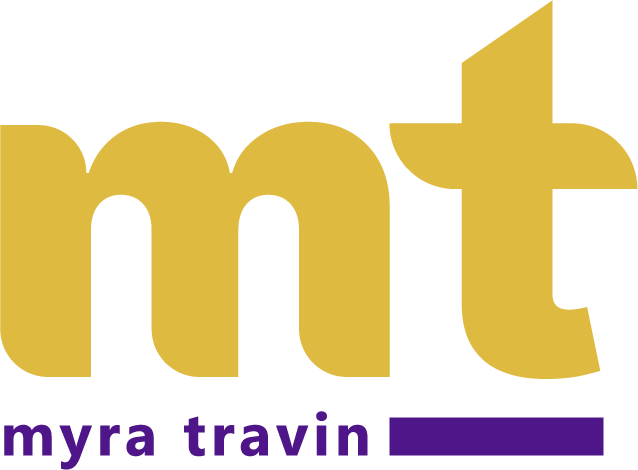“If you look at the various strategies available for dealing with a new technology, sticking your head in the sand is not the most plausible strategy.” ―Ralph Merkle
Many people confuse technology with strategy. The more complex the strategy requirement, the more copious the amount of tactics required—and the more reductionist the implementation reaction for those left holding the short stick of production. It’s as if we want to pull the covers over our head and hide from the difficulty involved with implementation. There is a simple reason for this: Easy is easier than hard.
That is why there are so many websites out there for people who will write your papers for you, why most people are so derivative of others’ work, and why horses follow the same paths: It’s more comfortable to use what is already in existence, be it an idea or tool or path.
It’s no surprise that there was an actual computer retailer with an actual Easy Button. But, I say, beware the easy tool for the complex strategy. It will frequently come back to haunt you in implementation.
The quick jump over the strategy part of learning design was easy to see coming, speaking of easy. Information learning? Check. Social learning? Check. Data collection? Check. Not that these are easy concepts, but if they are served up to buyers in a digestible way—if it sounds like a good business proposition—someone will give money to someone for software and all of a sudden, problem solved. Or is it?
The issue with this monetization of strategy is it leaves out the most important element of the problem: Simplicity or ease has to be distilled from a deep understanding of the problem complexity, and not the other way around. So when I say that technology isn’t strategy, I mean that choosing a tool or platform in LX design is not the strategy of meeting the needs of learners. Technology becomes a strategy only when it aligns with an instructional strategy. And that strategy has to be derived directly from learners.
This is a continuing conversation because every day new technologies rise and fall, but the one thing that remains constant is the ever-more self-propelled and capable learner. And they have a world of resources to choose from, not just one. So if you are an angel investor in the learning and technology space, you may want to keep that in mind. Are you investing in a solution, or just the promise of one?
I remember my good friend Marty, a professor at Northwestern University and a stock maven, and his offer to help someone with the stock market. He took $500 given him to invest based on the promise of what the market might provide to the nubile investor. Not the actuality, mind you, but the promise. And oddly (because he was an odd and creative fellow), the first thing he did was purposely put it into a bad stock and lose the money.
I said: Marty, what did you do that for? He replied: I am trying to give my friend a real experience of the stock market and let him know what is really at stake. At the end of the day, promise does not equal reality.
I can’t tell you how many times people approach me who are trying to do production and strategy at the same time, after choosing a tool. If you are up against a deadline, it seems to make the most sense. But trying to do strategy and production at the same time is like trying to fly an airplane as quickly as possible to an unknown destination. At the end of the day, it you don’t make it to the destination because you don’t know where it is or how much fuel you will need to get there, you’ll crash and burn. And it’s your fault that learners didn’t learn, because you didn’t buy learning—you bought technology.
If you are trying to acquire a learning strategy from a tool purchase, be careful. The money and time that you have invested may end up in a fiery ruin with you asking yourself a key question of strategy: how and what will it take these people to learn this? And a tool can’t answer that question.
I also remember a friend of mine who liked to make popcorn instead of studying because it was just easier. Clearly it did not help his grades, but hey, popcorn.
Technology is an answer to a question and not the question itself. Those who make money by answering questions would lead you to believe you are good to go now. All questions answered. Welcome to the Easy Button. But, as I suggest: the proof is in the implementation pudding. I just hope for your sake, it’s not smoldering.
We so want to think that solving our problem about how to support learners is as easy as a buying decision, but we soon find out, as Heraclitus reminds us, that things constantly iterate. No man ever steps in the same river twice, because the man is different and so is the river. Progress is relentless. Technology does not move at the speed of thought. Technology implementation is not that agile. And when we have hackers learning in high school how to hack into and take control of our cars and our phones and our bank accounts, you can see that when a learner is properly motivated she will move far ahead of technology. At least until AI catches up. But that is a story for another day.
Specific tools tend to be the tree versus the forest kind of deal. And if you spend most of your time evaluating a single tree/trees, you miss the big picture—the problem—and you might be surprised when Birnam forest comes to Dunsinane (for those of you playing along with the Shakespearean drinking game, please take a shot now). No one likes that kind of a surprise.
In my next posting, “Learner-Driven Personalization Engines,” we will look at the problem and the alignment of the technology solution.





